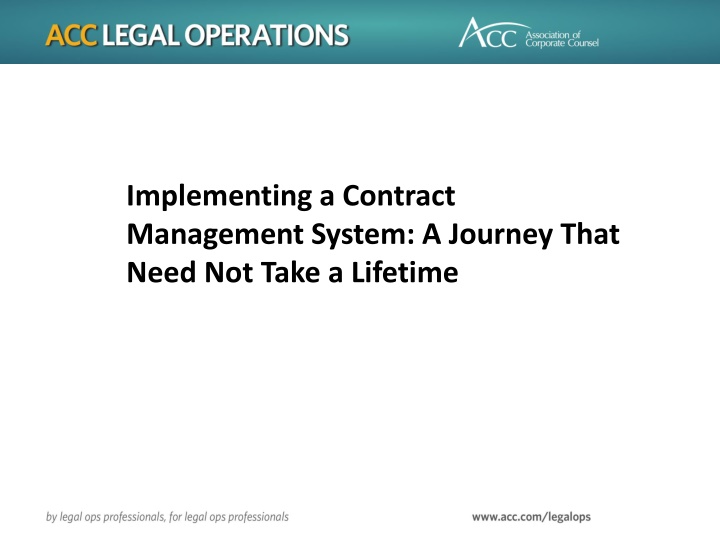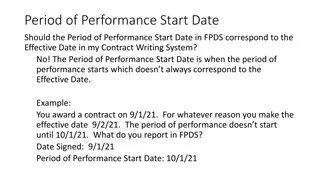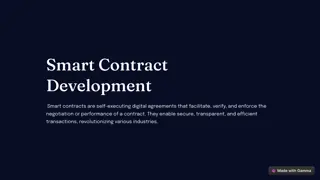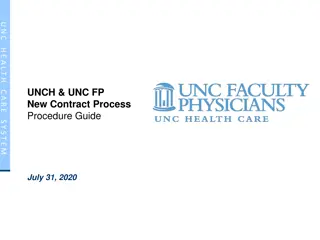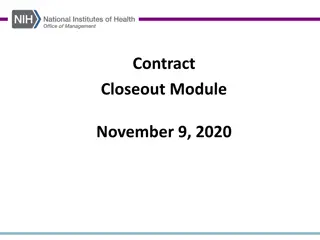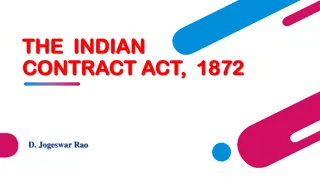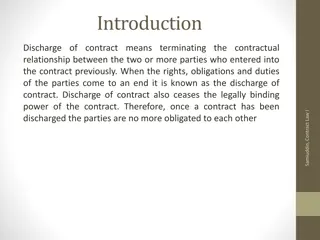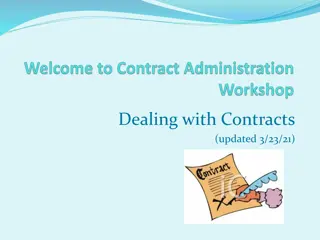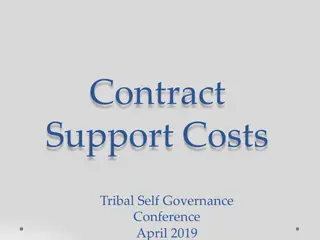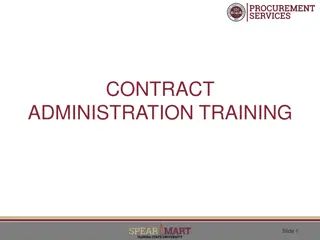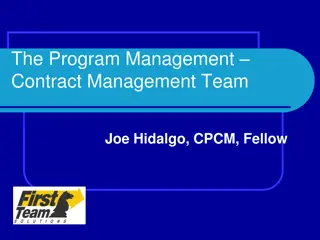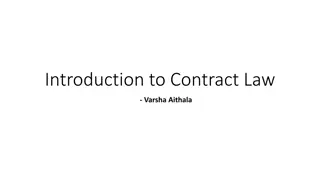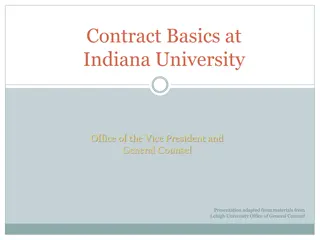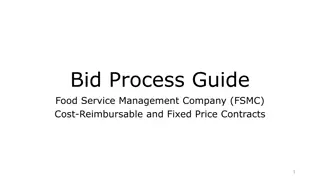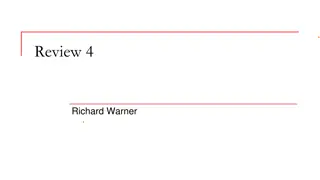Streamlining Contract Management Systems
Implementing a contract management system does not need to be a lengthy process. This journey involves evaluating the current state, designing the end state, and developing a roadmap for implementation. Steps include assessing current practices, tools to use, determining future resources and processes, selecting technology, and estimating costs. By following this systematic approach, organizations can optimize their contract management efficiently.
Download Presentation

Please find below an Image/Link to download the presentation.
The content on the website is provided AS IS for your information and personal use only. It may not be sold, licensed, or shared on other websites without obtaining consent from the author.If you encounter any issues during the download, it is possible that the publisher has removed the file from their server.
You are allowed to download the files provided on this website for personal or commercial use, subject to the condition that they are used lawfully. All files are the property of their respective owners.
The content on the website is provided AS IS for your information and personal use only. It may not be sold, licensed, or shared on other websites without obtaining consent from the author.
E N D
Presentation Transcript
Implementing a Contract Management System: A Journey That Need Not Take a Lifetime
Contract Management at Colgate Scope Buy Side NDA, Supply, Services, Sows, Logistics, Amendments/Renewals, Repository North America and Corporate Roughly 100 Requests per Month Technology Apttus Implementation w/ Docusign People and Process COE in Mexico Service Center 2 Legal, 2 Procurement Detailed and Automated Flows Next Phases / Rollout
Steps to Effective Contract Management Evaluate Current State Design End State Develop Road Map Implement
Steps to Effective Contract Management Evaluate Current State c Design End State Develop Road Map Implement
Evaluate Current State What is in-scope? How are you doing it today? People, process, technology Outside Counsel ($s) Internal resources (Hrs) How well are you doing it? Internal clients Is there a business case? Senior leadership
Evaluate Current State Tools to Use Surveys and interviews FTE Analysis Turnaround time analysis Collect templates and playbooks (if any) Lessons Learned Part art, part science Ownership at the top Look for existing internal programs Avoid favoring internal tools
Steps to Effective Contract Management Evaluate Current State Design End State c Develop Road Map Implement
Design End State Who will do it tomorrow? Same resources, new headcount, LPOs What process will you follow? Automation, templates, risk tolerance Streamlining effort / process reengineering What technology will you use? What information will you track/report? How much will it cost? Has it been done before?
Design End State Tools to Use Requirements documents Consultants and peer companies Demos from vendors Job profiles Detailed templates and playbooks
Design End State Lessons Learned Details matter Being on the road map may not be enough Plan to capture data for your metrics Choose metrics that will be used Make tough decisions Standardize as much as possible All stakeholders/users at table ( Silent Saboteur ) This is your chance to drive change
Steps to Effective Contract Management Evaluate Current State Design End State Develop Road Map c Implement
Develop Road Map Do you have available resources? SMEs, project management, leadership Who is responsible for failures? Have you defined criteria for go/no-go date? What steps are on the critical path? Waterfall or iterative approach?
Develop Road Map Tools to Use Project management function/discipline Recurring meetings on calendar Leads for different work streams Lessons Learned Overplan for change management Effort and duration are not the same Plan for iterations Don t forget dependencies
Steps to Effective Contract Management Evaluate Current State Design End State Develop Road Map Implement c
Implement Tiered roll-out or big bang ? Do you have available resources? SMEs, project management, leadership Do you understand the technology? Does your vendor understand your content? Professional services from vendor? Did you budget the right amount?
Implement Tools to Use Collaboration tools Lessons Learned Everyone has a day job and Project fatigue is real Over configuration is bad too Individuals that know substance & technology Play to the strengths of your technology A solid process can solve holes in technology Fixed fees are good Change management and training are critical
